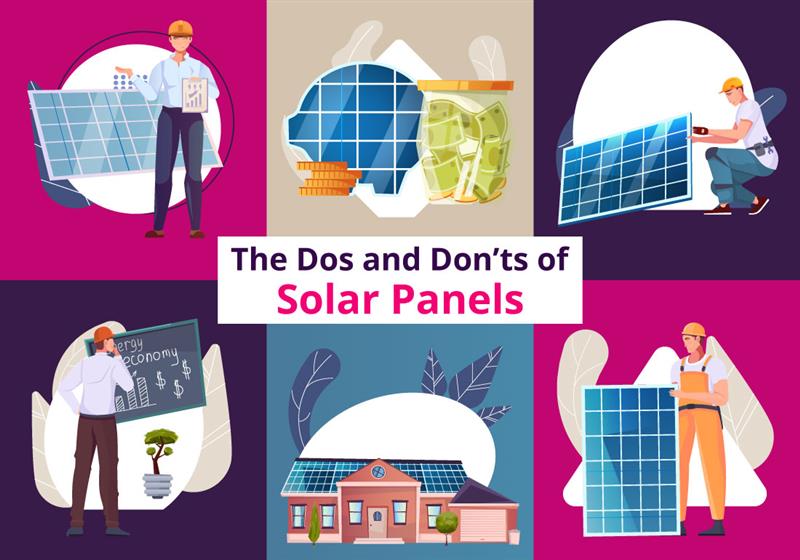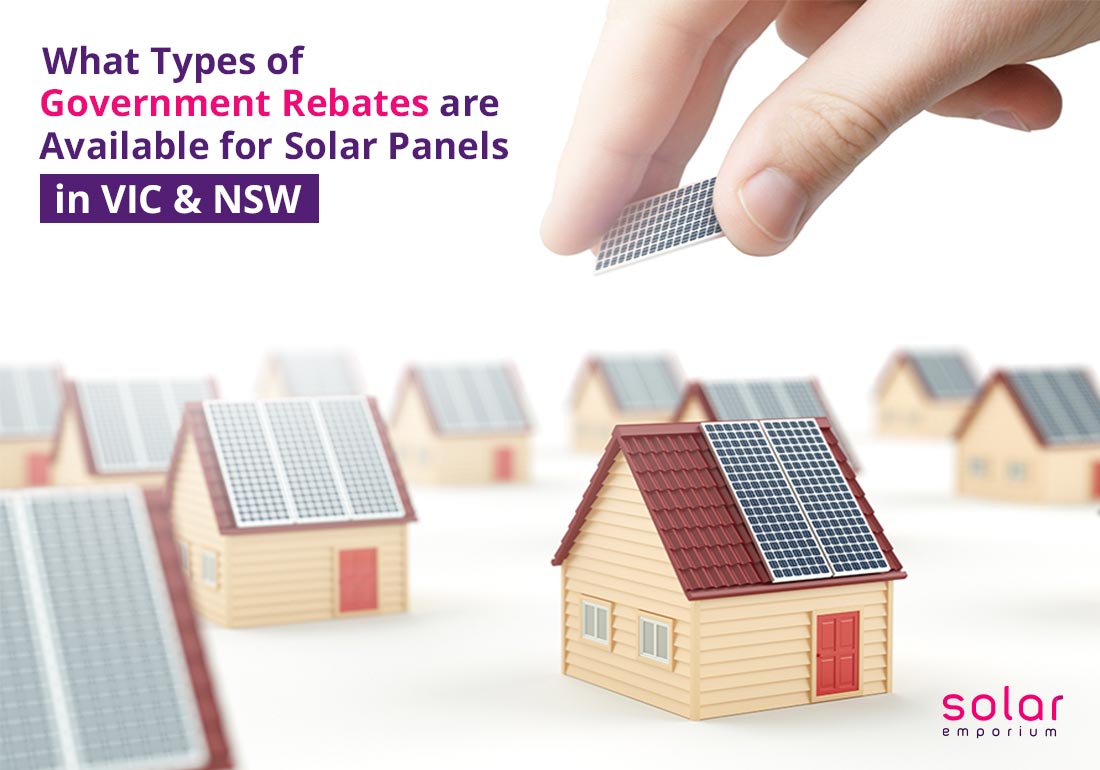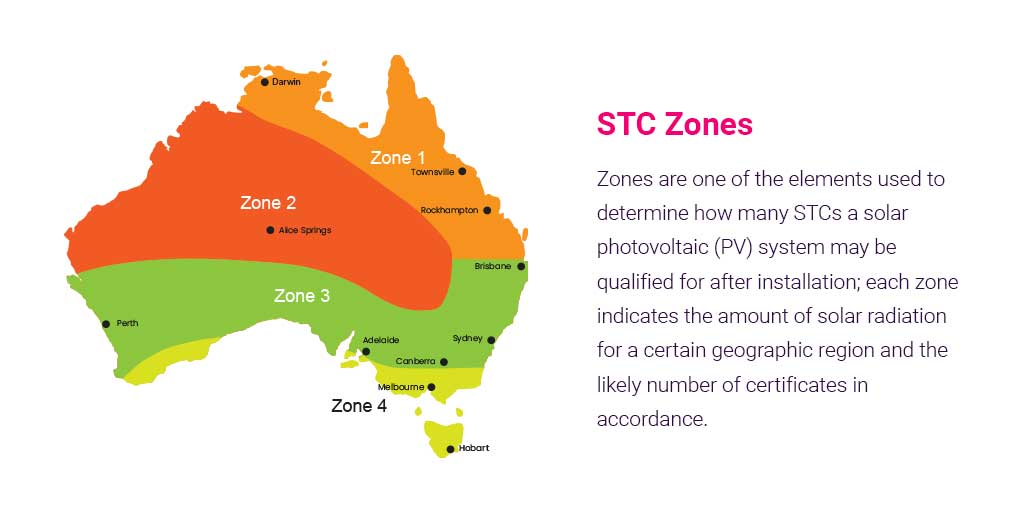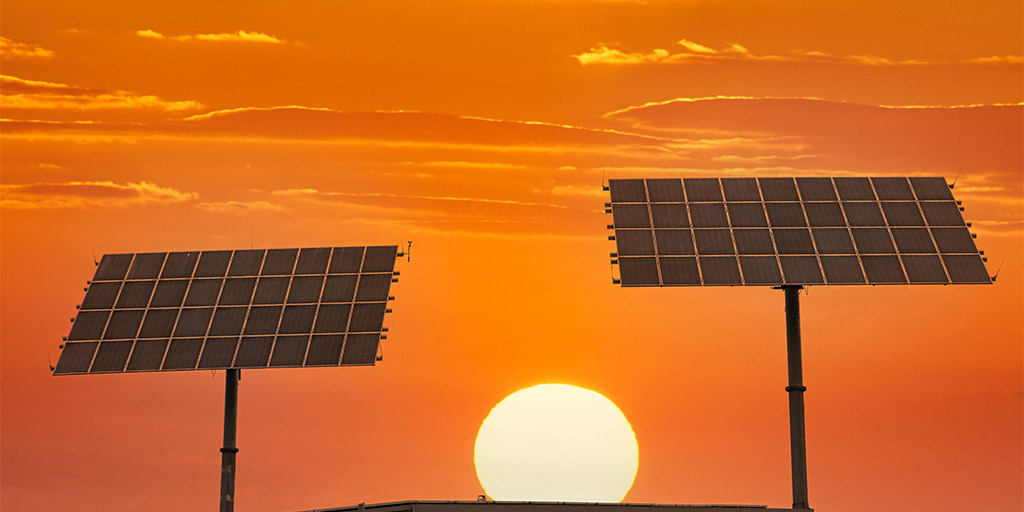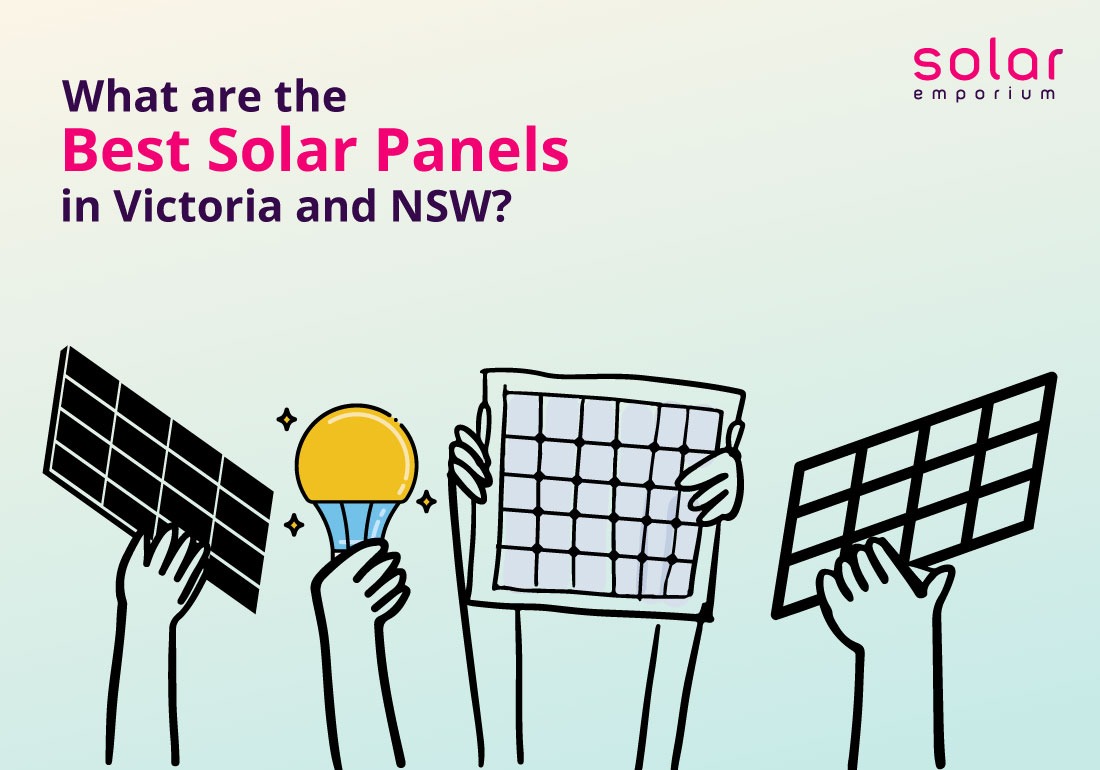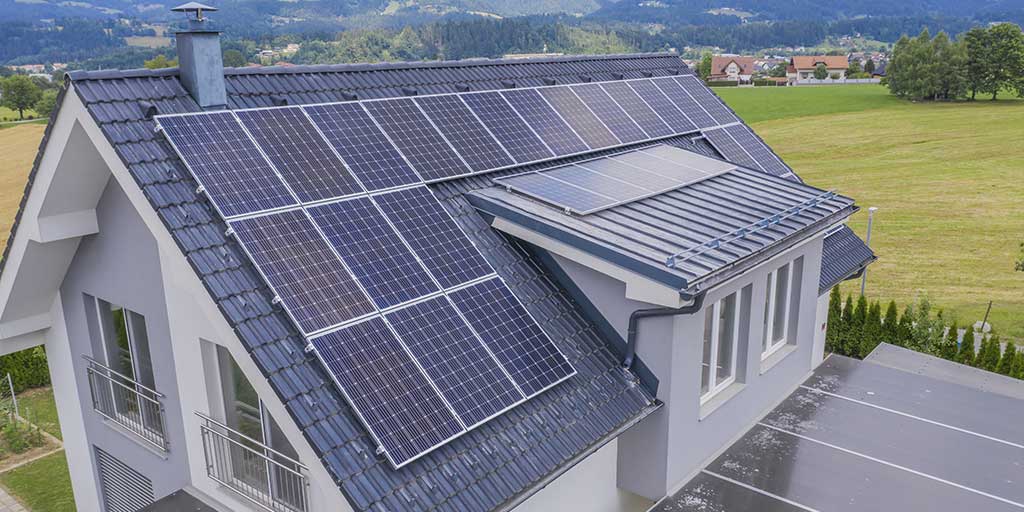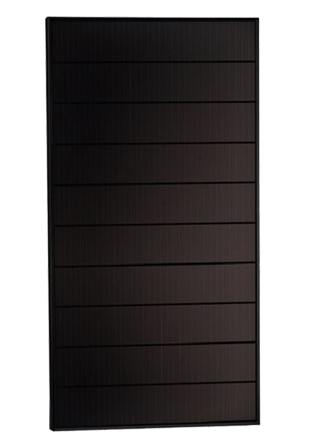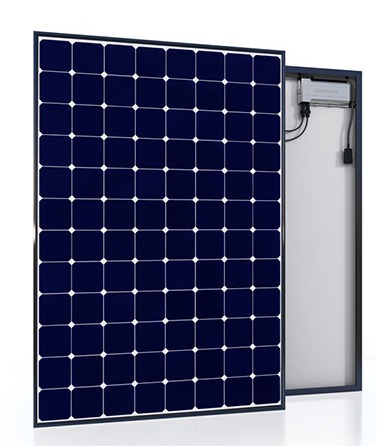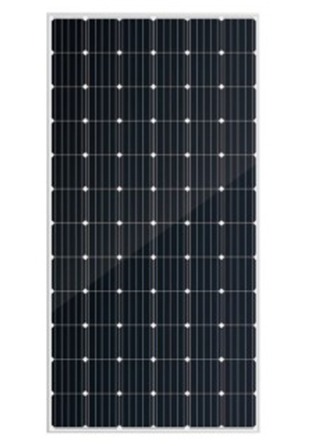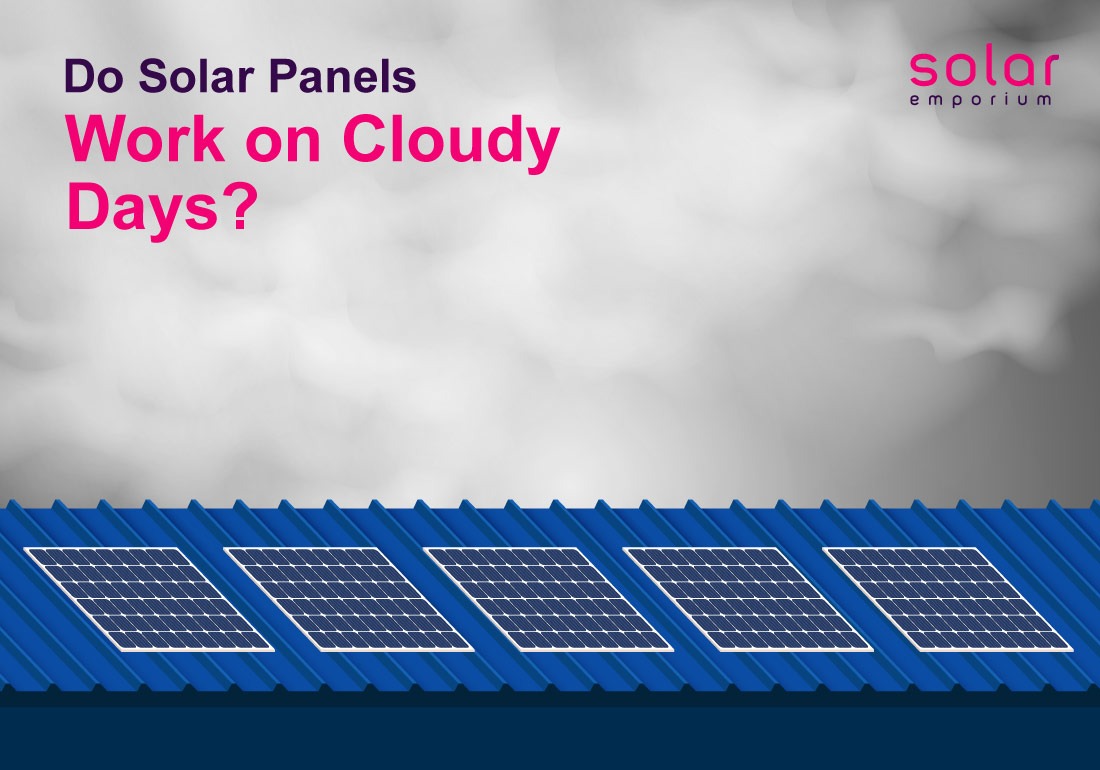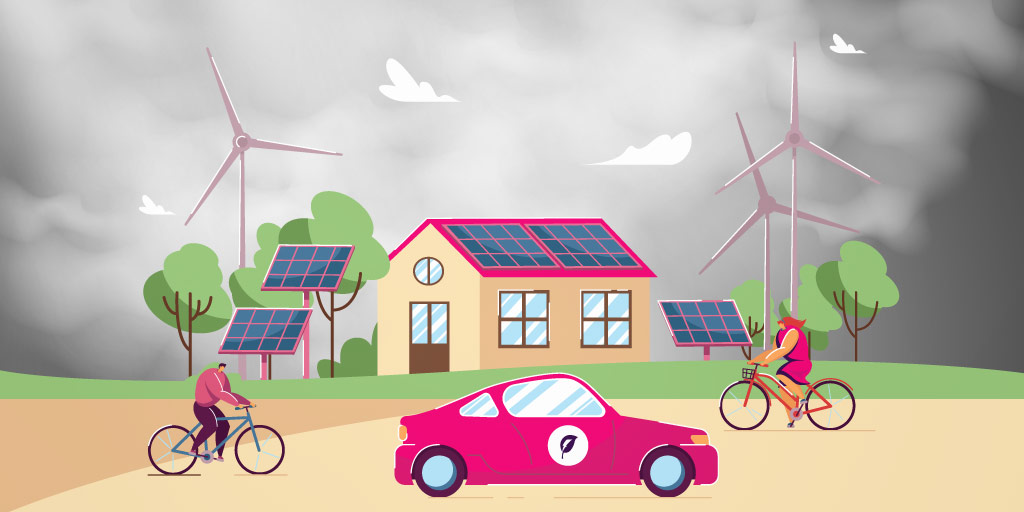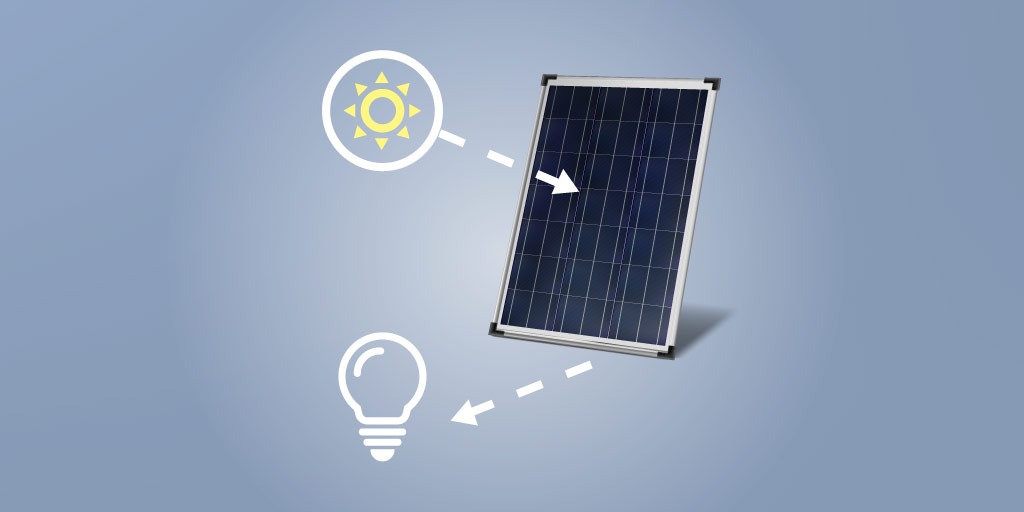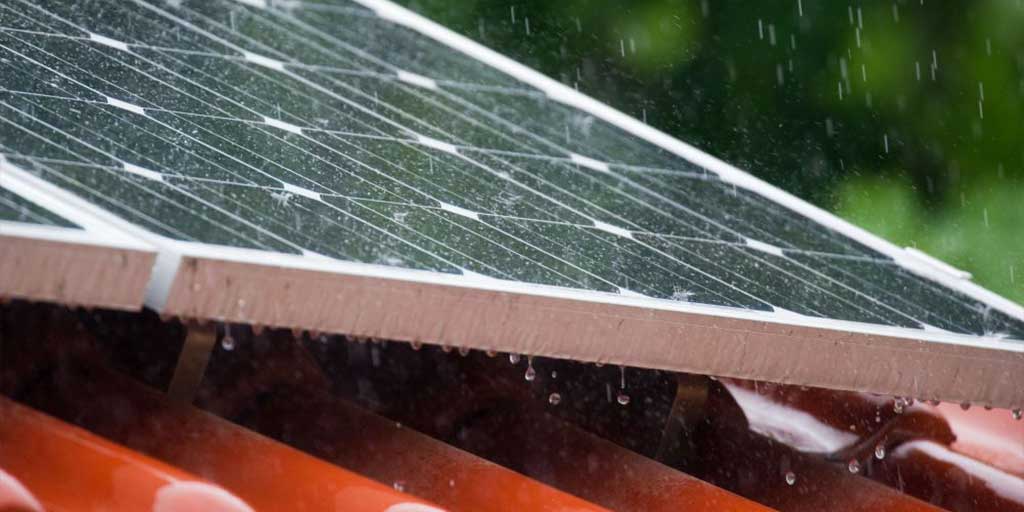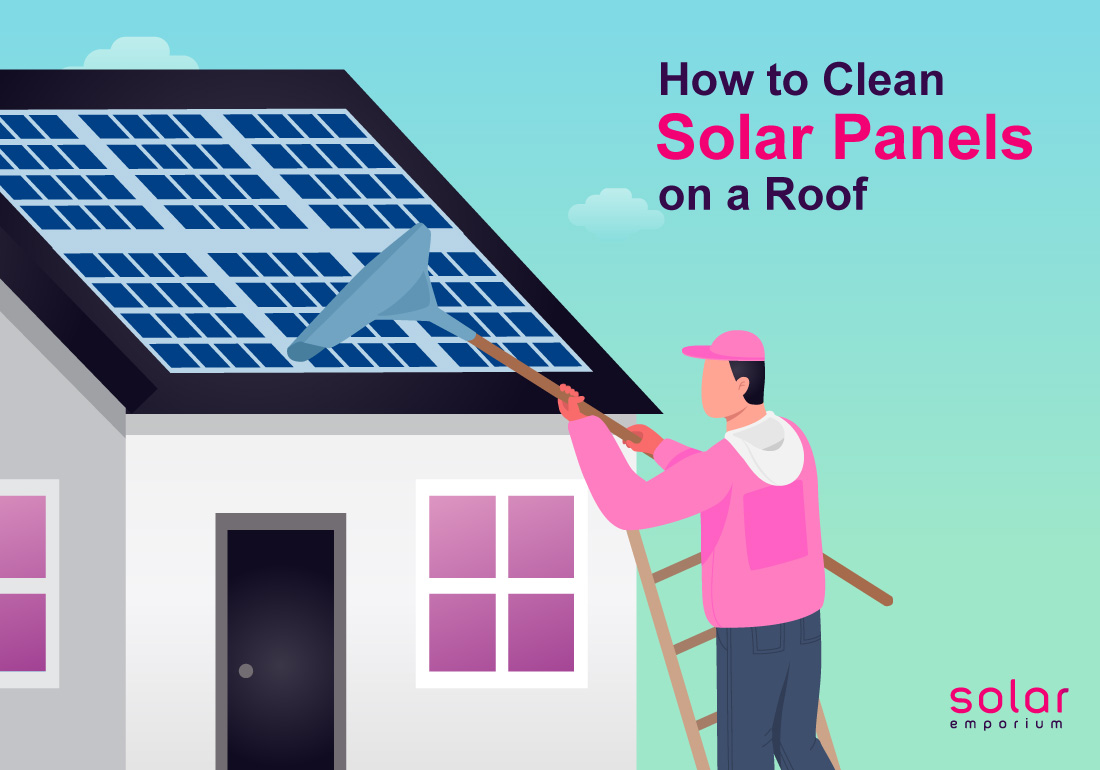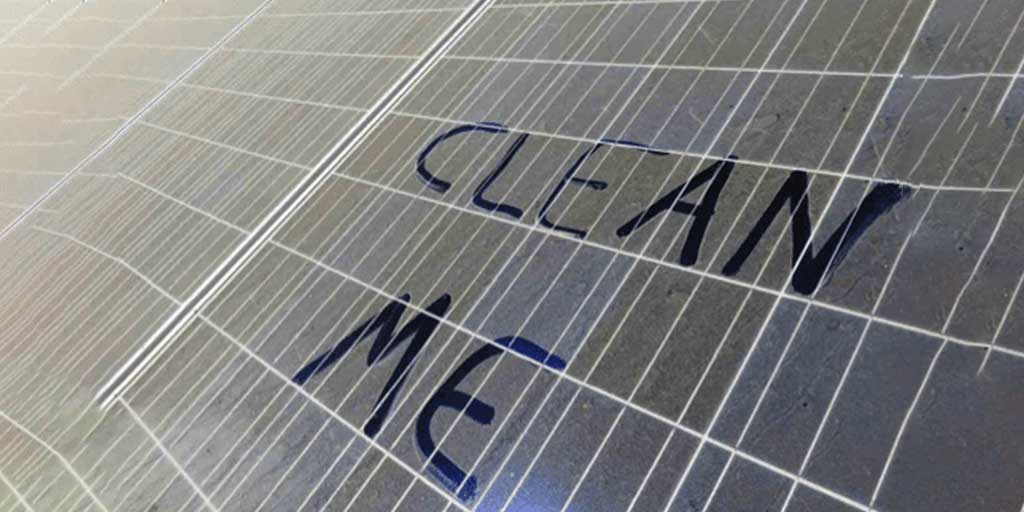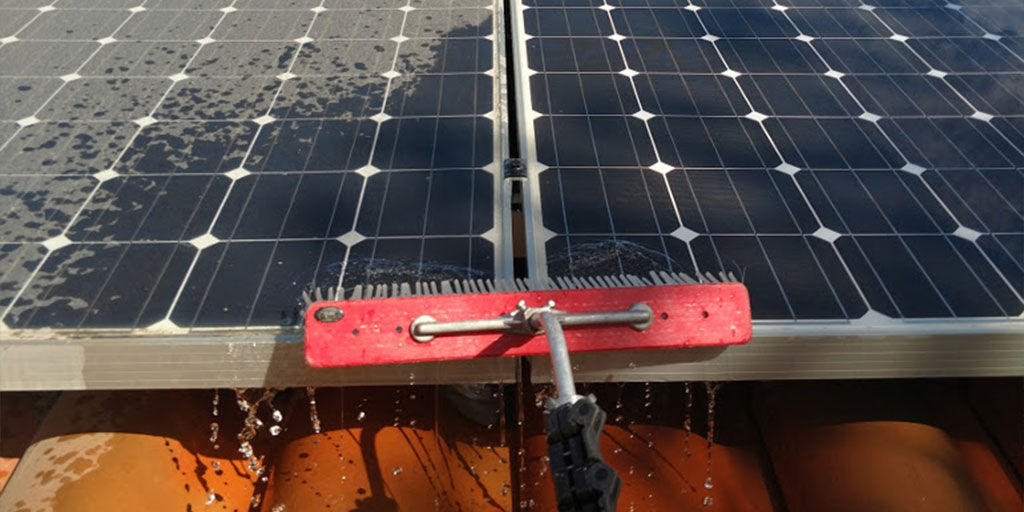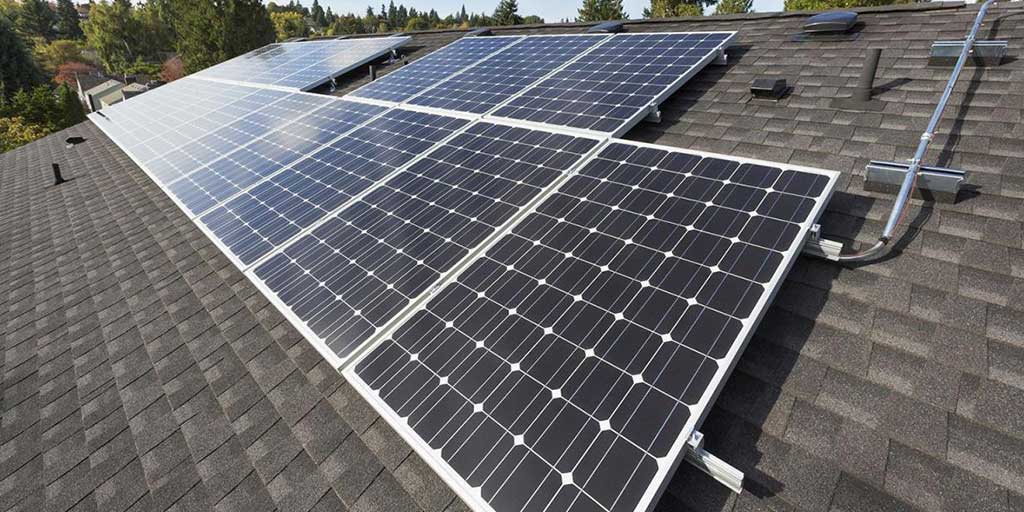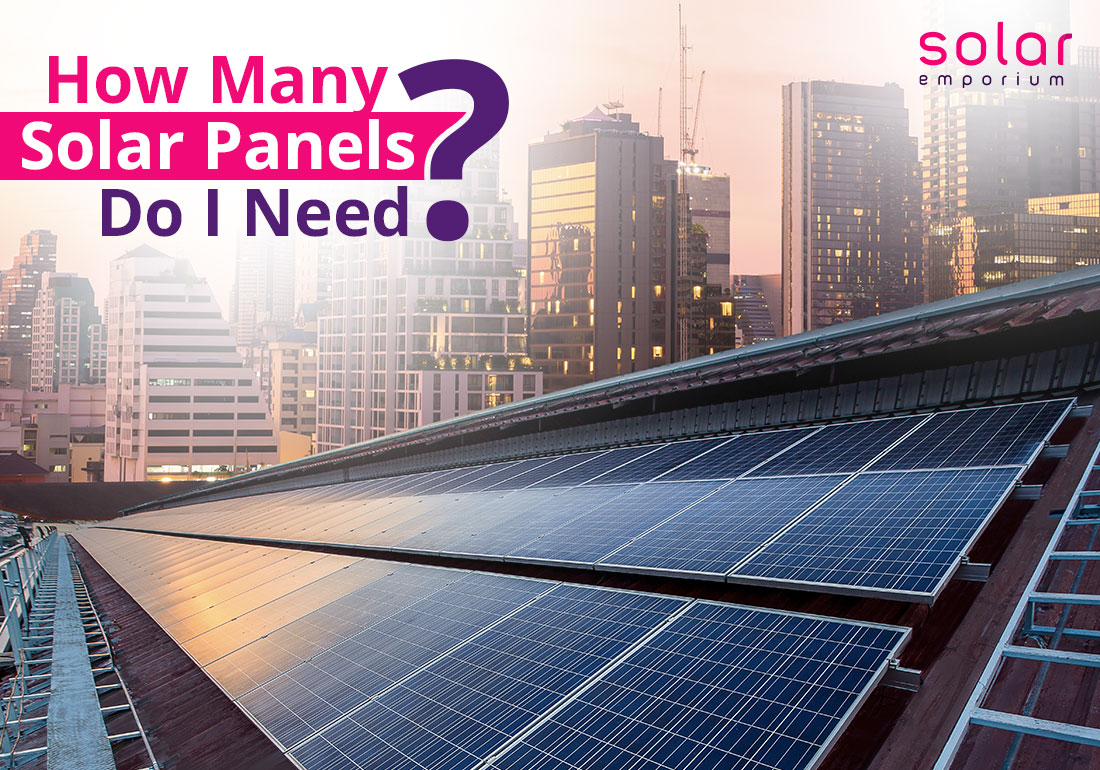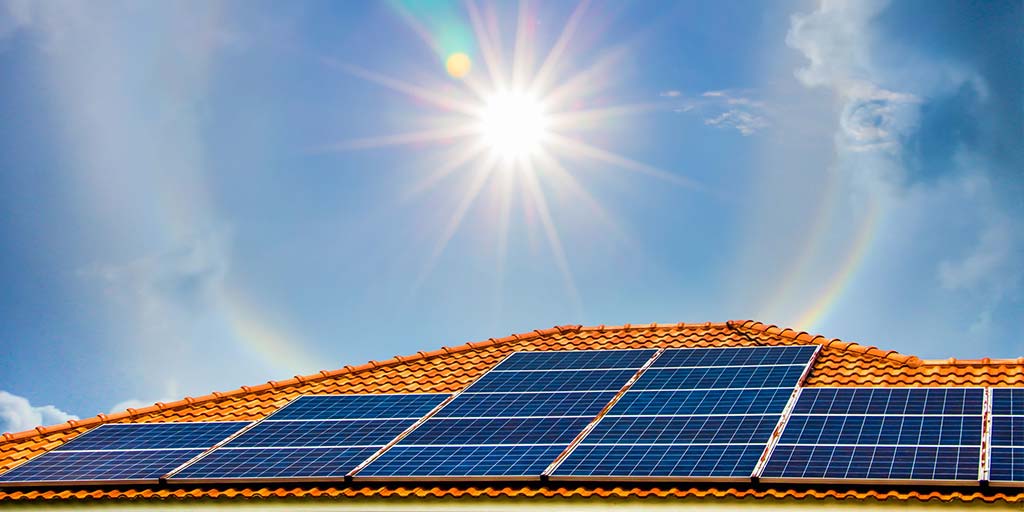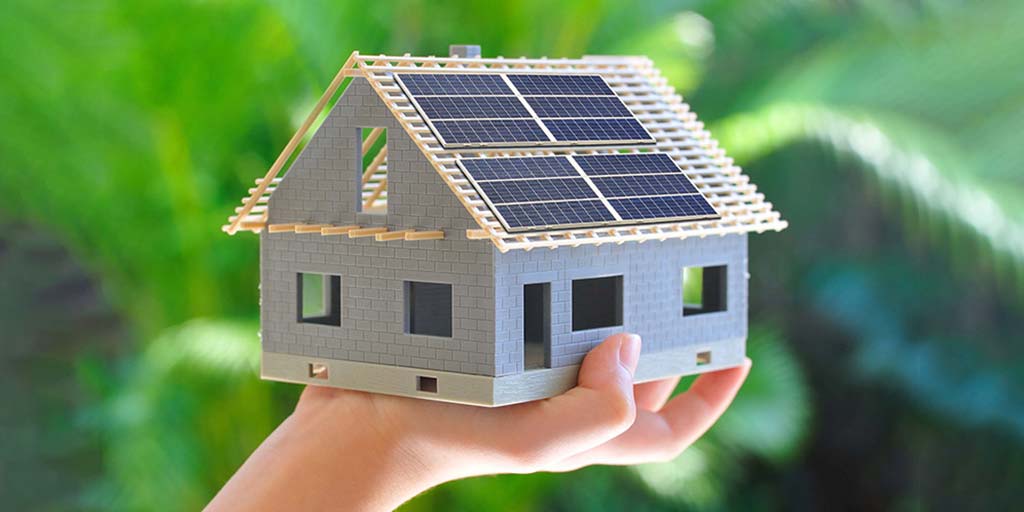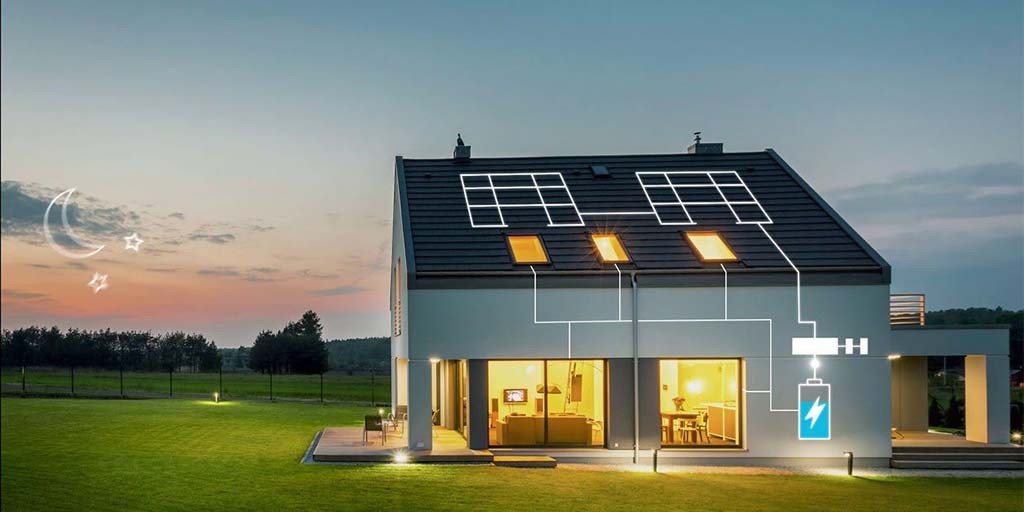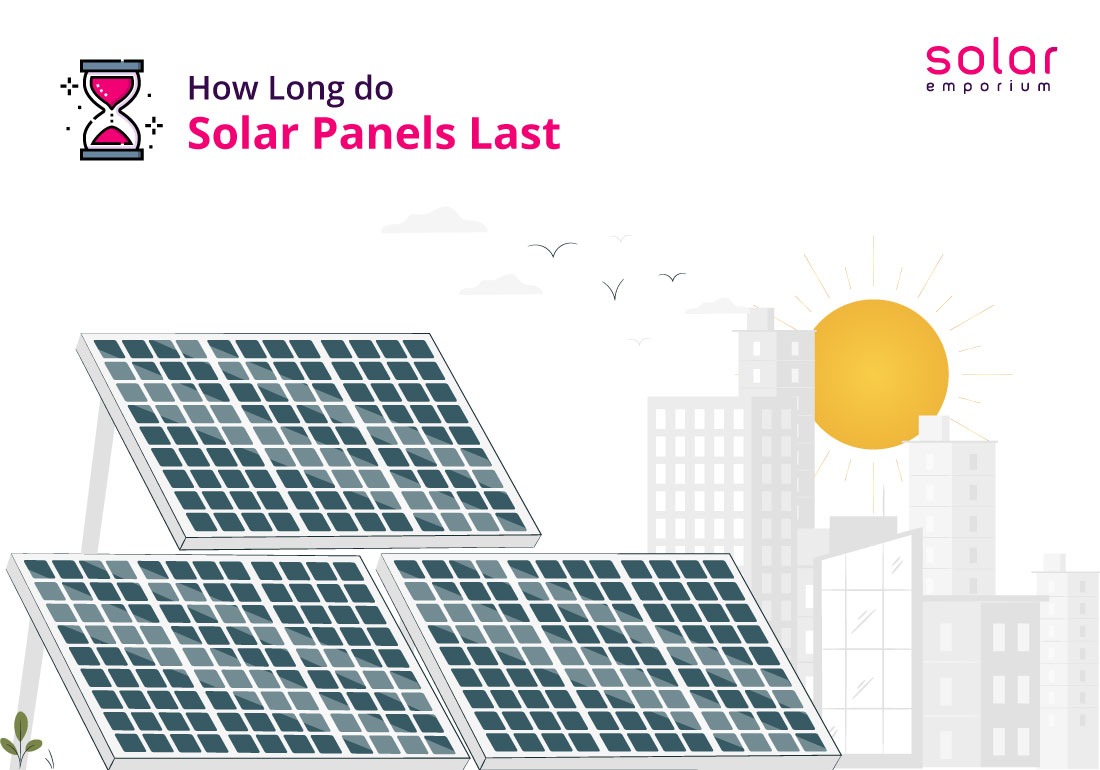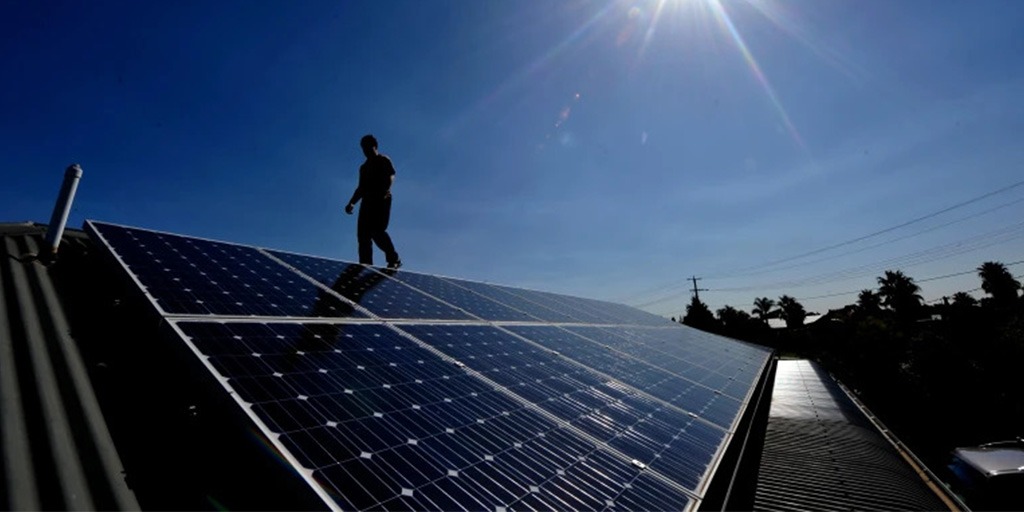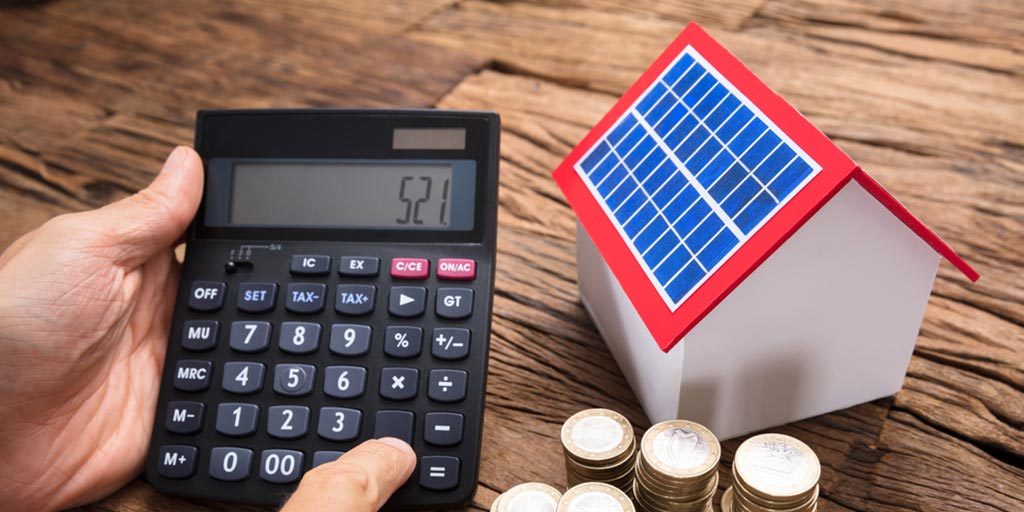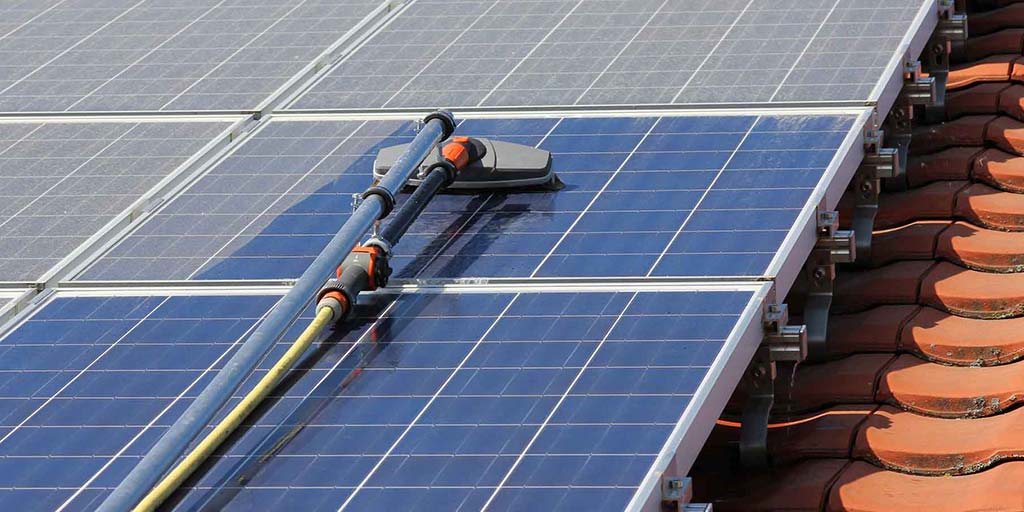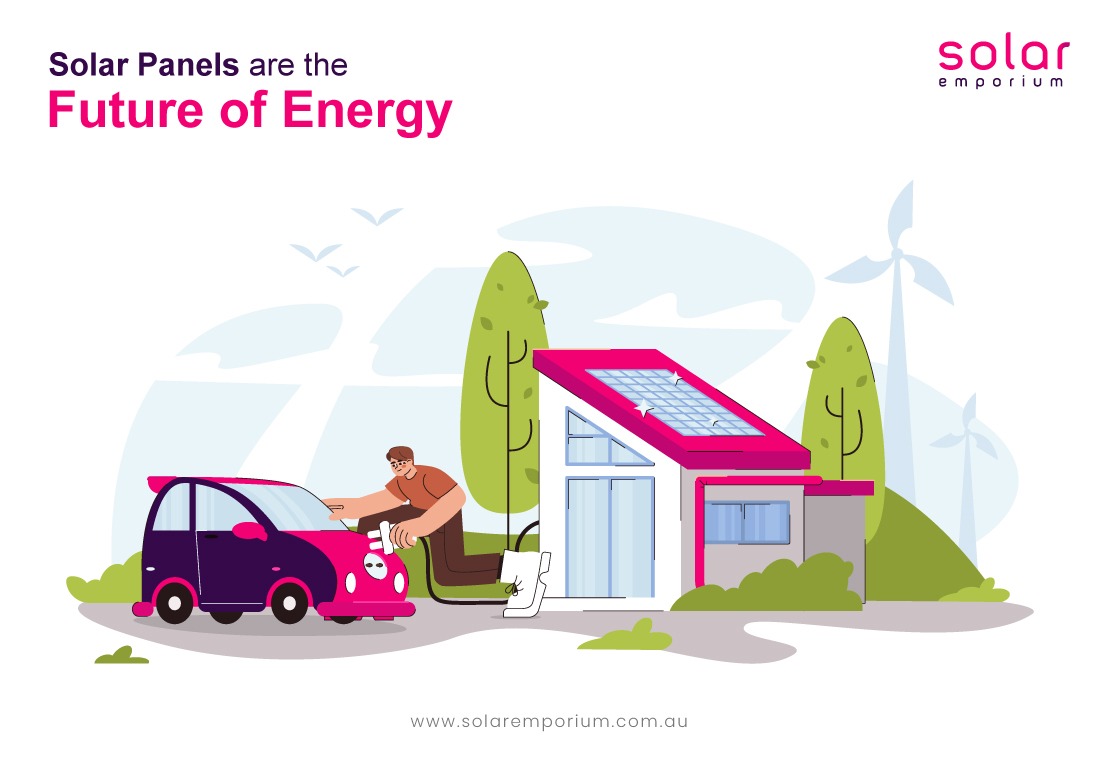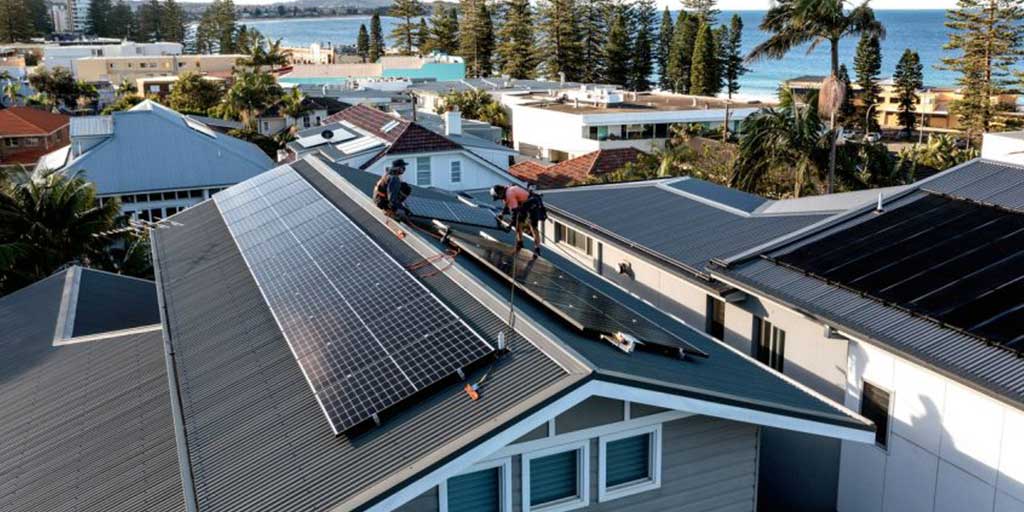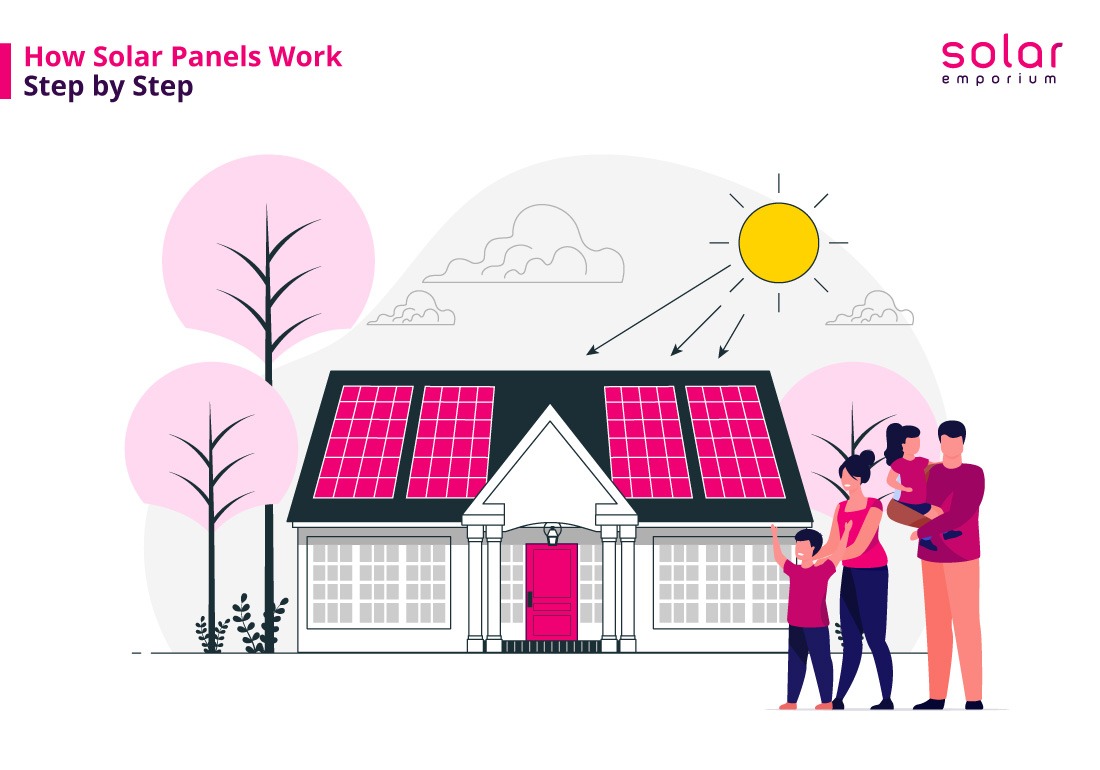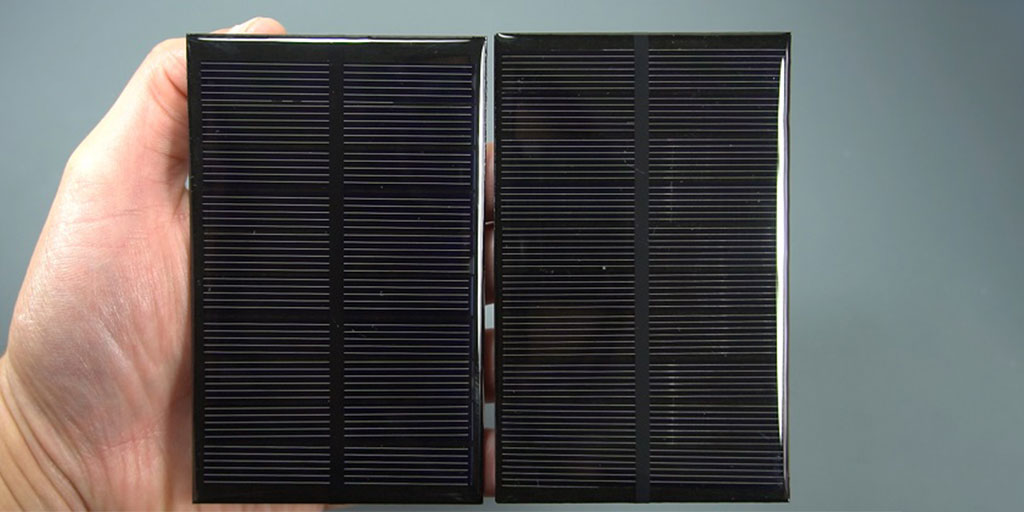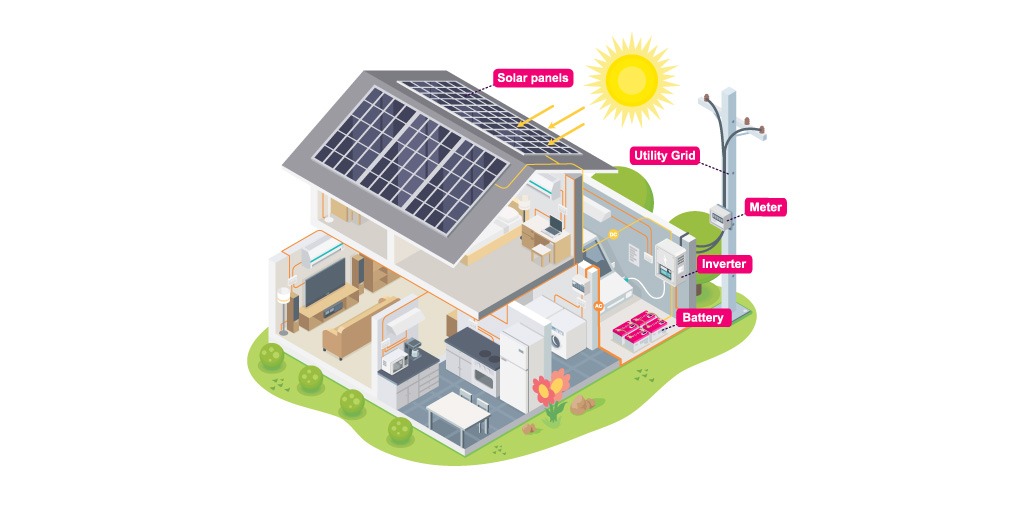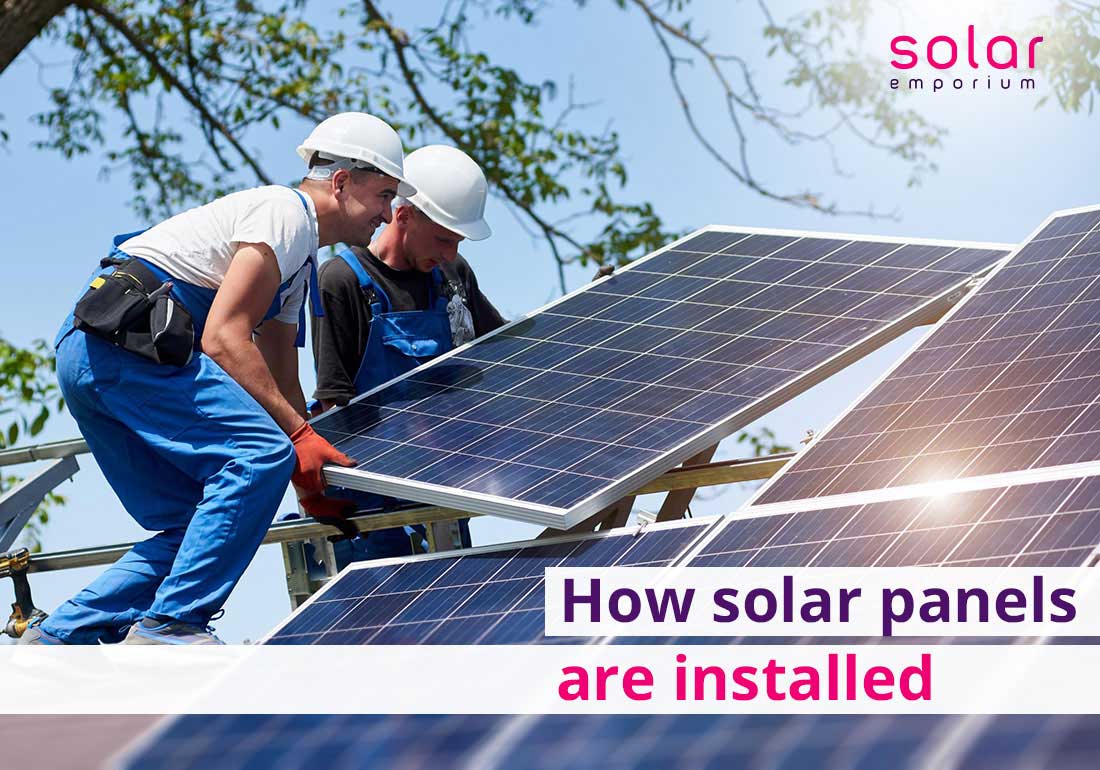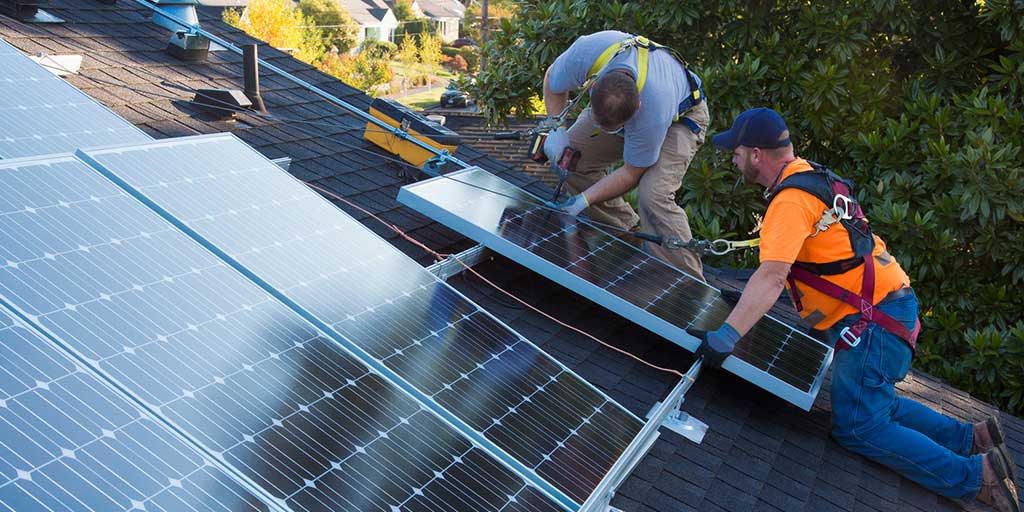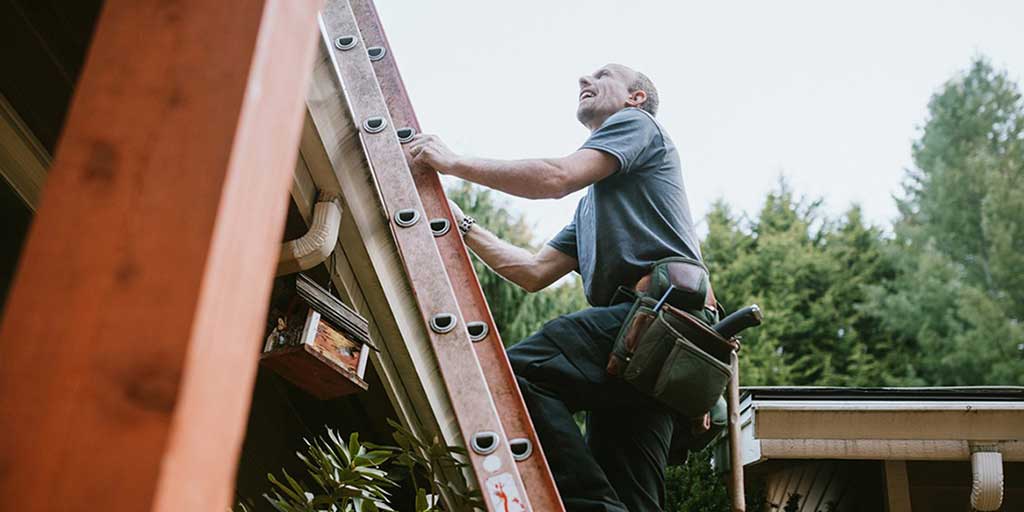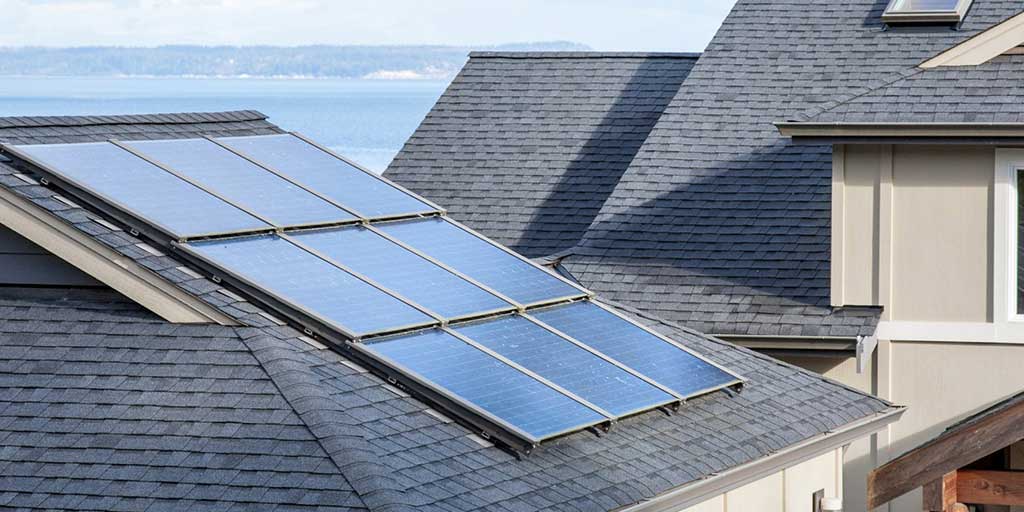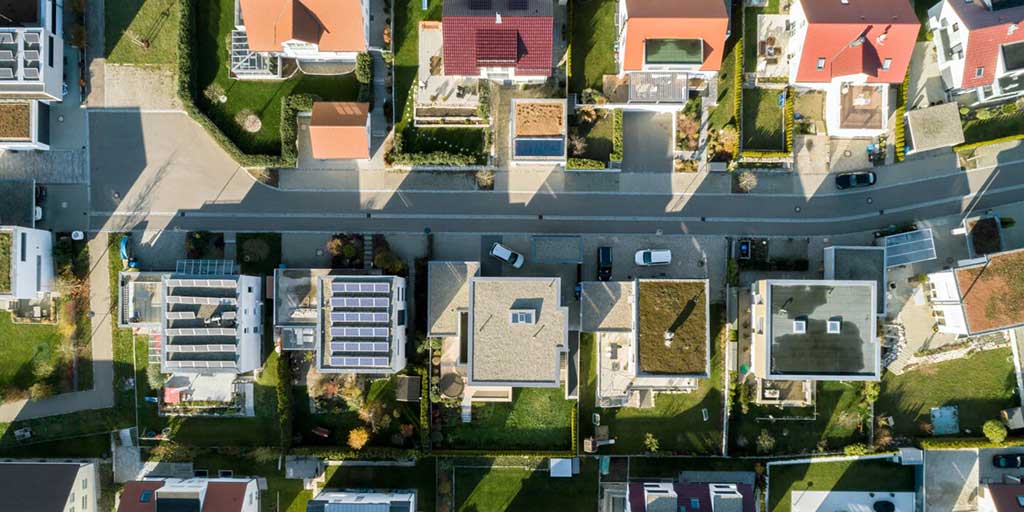As a homeowner, it’s simple to understand why you should opt for solar power, but to recognize what to look for in your very own solar system is a job that should be left to the professionals.
However, as a smart investor, you should familiarize yourself with the basics of owning a solar panel system along with the dos and don’ts of solar panel before you decide to go solar.
Let’s get to know the basics of owning a rooftop solar panel system for your home.
How Solar Panel System Works – The Basics
You don’t need to know all the nitty-gritty of solar panels; however, knowing the basics of how solar panels work will definingly help you navigate the process with more ease.
Solar panels are made with doped silicon, one of the most abundant materials on earth. Different types of solar panels are made with different alignments and types of silicon. The most popular and efficient type of solar panel is the monocrystalline one which is made with ingots of silicon rather than chunks put together in a panel like the polycrystalline ones.
The solar panels are then connected with a solar inverter which converts the generated form of DC (Direct Current) electricity by the panels to AC (Alternating Current), a usable form of energy for the household.
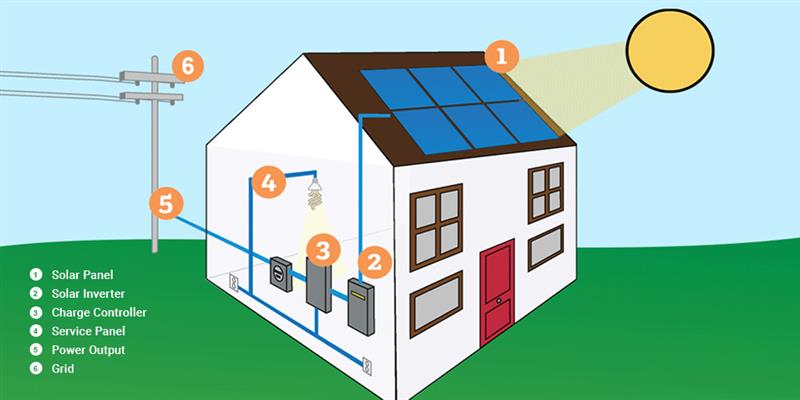
This generated electricity is used in your day-to-day life, and the remaining surge of power goes back to the grid. You get power credits in exchange for your contribution in grid energy, and you can choose to use it at night. If you don’t have enough credits or generated electricity to power your home, a grid-tied system can always get electricity from the grid, just like how it always worked.
The difference is you pay way less for the borrowed energy from the grid instead of a massive electric bill like the old times.
Solar Rebates by the Federal & State Government
We all know solar panels are a great investment towards going green while lowering down your electric bill significantly. They are also quite expensive. So, to help you transition to a greener energy alternative, the Australian government has taken many initiatives of direct solar rebate and interest-free loaning schemes.
There is an ongoing federal solar rebate program available now, known as STC (Small-scale Technology Certificate), which is a part of bigger project called RET (Renewable Energy Target). STCs can be generated against the amount of energy you will generate via renewable sources such as solar panels instead of using non-renewable sources, which is coal energy for the most part.
As the electricity that we use from the grid mostly comes from burning coal, the energy retailers are now subjected to pay for their contribution towards GHG (Green House Gas) emissions. In short, STCs are generated by the approved solar installers, and an amount is paid by the energy retailers against these certificates per financial quarter.
The money that comes from this exchange gets distributed between all the home solar owners or small business owners who have a solar panels system smaller than 100kW in the form of a discount at the time of purchase.
Also, there are state solar rebates provided by the NSW and VIC governments either in the form of straight-up cash, interest-free loan, or installation of a 3kW rooftop solar system for free. To know more about the rebates, click here.
The Basics of Operating Your System
After installation, there can be instances where you might need to power off and turn back on the system for maintenance, especially for a grid ties system. You will also need to know if your panels are operating at their maximum efficiency always. There might be a shading issue hindering your solar yield or any sudden change that requires your attention.
You will get all this information via your energy monitoring system; however, if you are a person who is not very tech-savvy, then I suggest you learn the basics of panel operation.

DO Evaluate if You Need Solar Batteries
Right off the bat, solar panels are expensive, there is no argument. But there are instances where having solar batteries can save you more money in the long run. Let’s suppose if you live in a remote area where grid power is unreliable or worse, far away, then you must get a solar battery to get an uninterrupted supply of electricity throughout the day.
In some cases where the grid is quite out of reach, paying for a grid connection is a massive cost in comparison to having solar batteries.
Without even these reasons, solar batteries are something that can have your back even in the darkest of days. Are solar batteries for everyone? No! But if you find yourself in a situation needing one, then it’s an investment worth your cash.
Go with Installers Who are Not Approved by the CEC
For you to enjoy the wonderful government rebates, you need to appoint solar installers who are approved by the CEC (Clean Energy Council). Also, all the components used in your solar system have to be on the list of approved items by the CEC.

Manage your Expectations
Your solar panels will help you reduce your electric bill significantly; however, they will not become zero overnight. A typical household does not need over a 6.6kW system, which does help immensely, but to have zero electric bills, you either need a bigger system or be completely independent and go off the grid.
If you are a heavy user, living in an area with proper sun exposure, going off the grid can be an option for you. Or, if you see yourself needing more energy soon, upsize your system accordingly. But don’t expect that solar panels will take care of all your power needs from the get-go.
